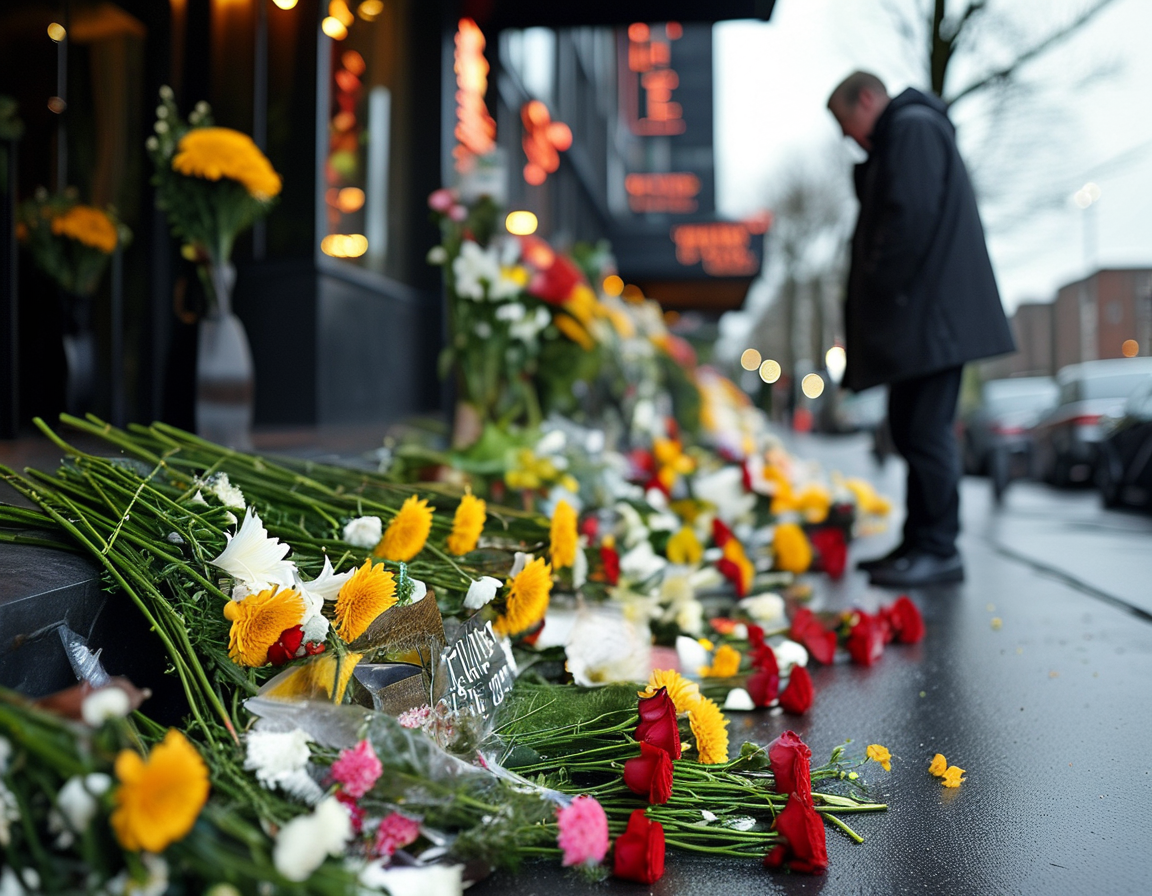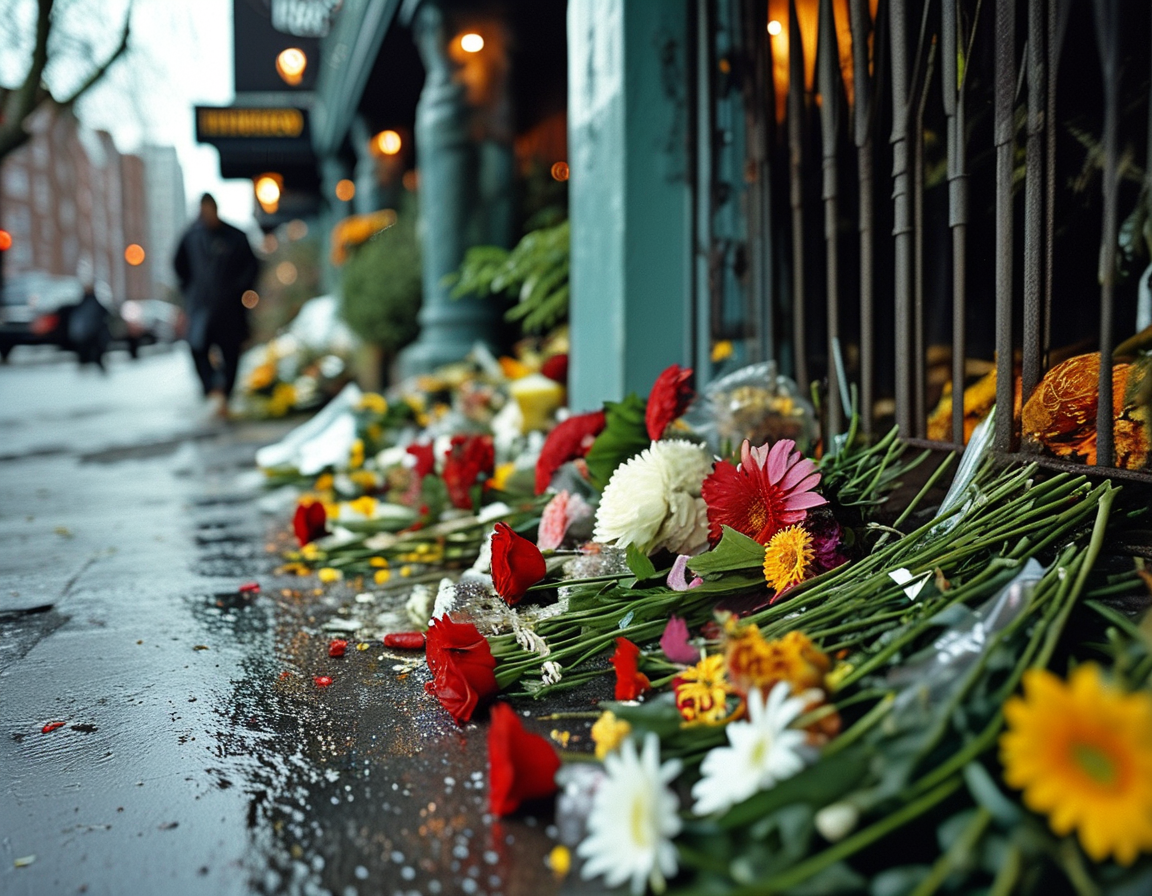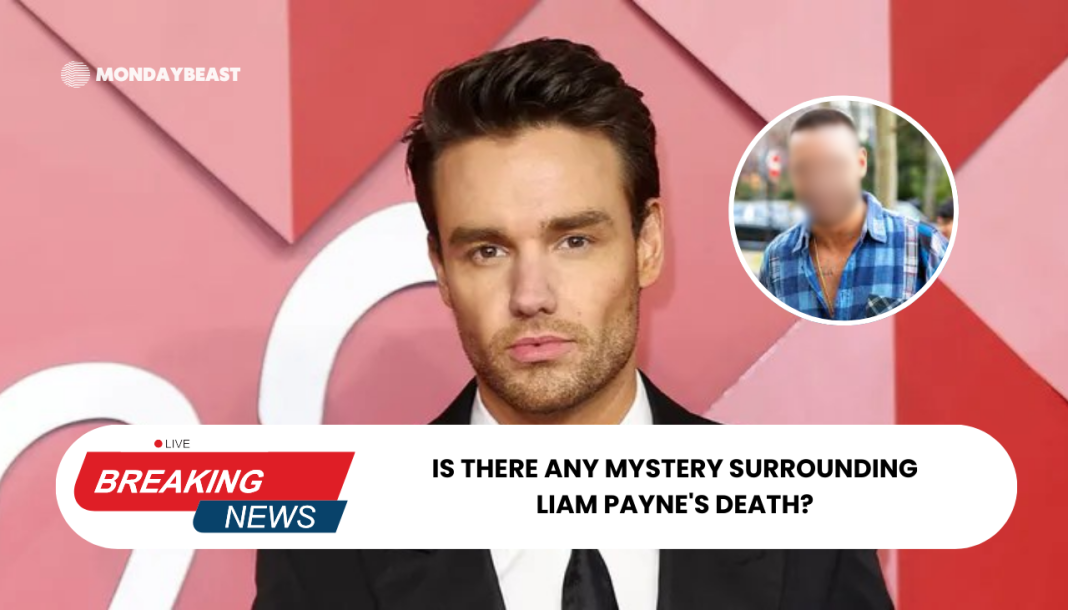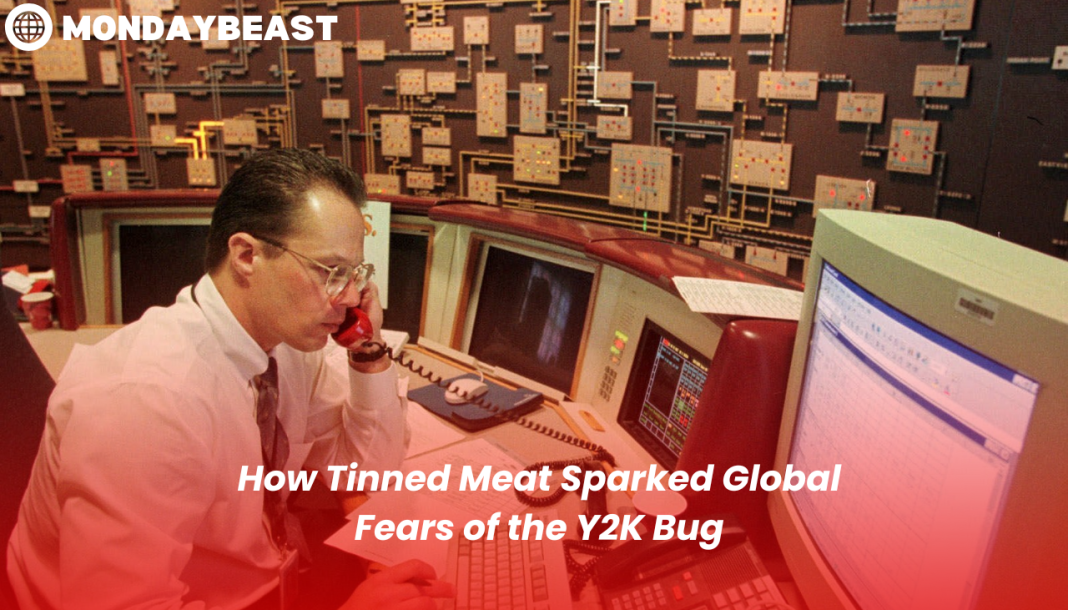In a tragic turn of events, Liam Payne’s unexpected death has sent shockwaves through the entertainment world. The beloved One Direction singer passed away on October 16 in Argentina, at just 31 years old. Now, two months later, charges have been filed against five individuals connected to this heartbreaking case. This news raises unsettling questions about celebrity life and the culture surrounding substance use.

On that fateful day, emergency calls were made regarding a guest at the Casa Sur hotel. Reports indicated that Payne was under the influence of both drugs and alcohol, with allegations of destruction in his hotel room. Can we even wrap our heads around how quickly life can change? The grim details surrounding his passing point to a chaotic scene, leaving many wondering how such a tragedy could occur in the life of a young star.
The Argentine judicial system is taking a firm stand. According to recent updates, two of the individuals involved, a hotel employee and a waiter, have been ordered into preventive detention for allegedly supplying drugs. This alarming revelation opens up broader discussions about accountability and the often-glamorized but dangerous nightlife culture that can entrap even the brightest stars.

As news breaks, it’s impossible not to think about the ripple effects on Payne’s family, particularly his seven-year-old son, Bear. What becomes of children when their parents are lost so abruptly, and under such troubling circumstances? Payne’s passing also casts a long shadow over the music industry, which has faced its share of tragedies connected to substance abuse.
The investigation is extensive, having gathered testimonies from dozens of witnesses, including hotel staff and friends. With more than 800 hours of video analyzed, the extent to which authorities are leaving no stone unturned is both commendable and sobering. It seems like an entire operation was set in motion, all to piece together the last moments of Payne’s life.

The prosecutorial office of Argentina announced that toxicology results revealed cocaine in Payne’s system at the time of his death. While initial reports ruled out the possibility of suicide, the final results remain pending, leaving many to speculate. How do we assess the balance of celebrity life when drugs are so often part of the narrative? Amid the fame, how easily does individual responsibility get clouded?
Furthermore, preliminary autopsy results cited ‘polytrauma’ and substantial hemorrhaging as direct causes. This medical jargon, while essential, serves as an icy reminder of the human life behind the headlines. I can’t help but feel a pit in my stomach when these details emerge, as they tell a story far beyond surface-level fame.
As we sift through these developments, we should ask ourselves about the broader implications. How does society support not just artists, but all individuals navigating the complexities of fame? What avenues exist for helping those who find themselves battling demons, sometimes in plain sight? Perhaps this investigation can lead to some form of change.
In a world that often overlooks such struggles, Liam Payne’s death serves as a stark reminder of the importance of empathy and vigilance. Let’s take a moment to reflect not just on the tragedy but on the lessons it can impart. Are we doing enough to protect our stars and, by extension, ourselves? As we follow this investigation, perhaps it will inspire more open conversations surrounding mental health and the pressures faced by those in the limelight.




